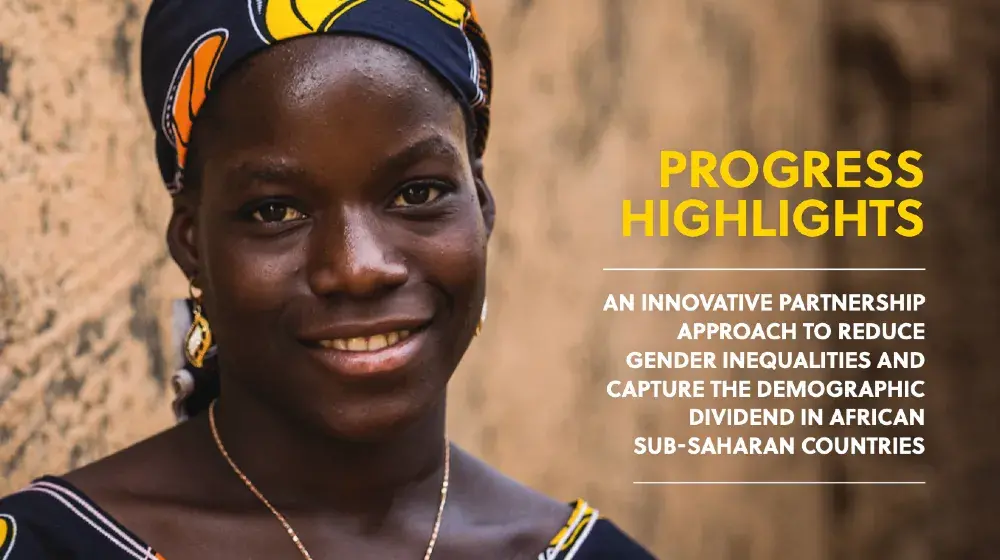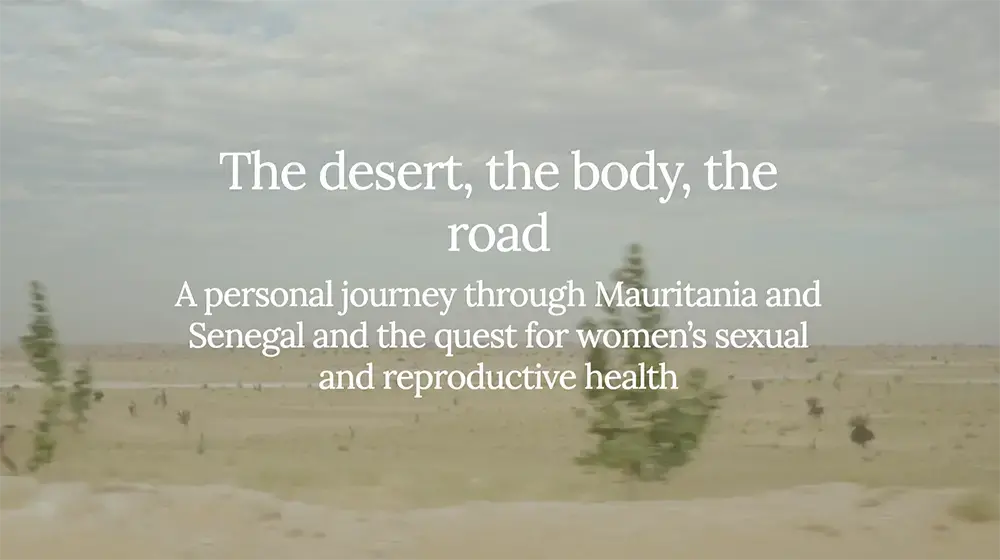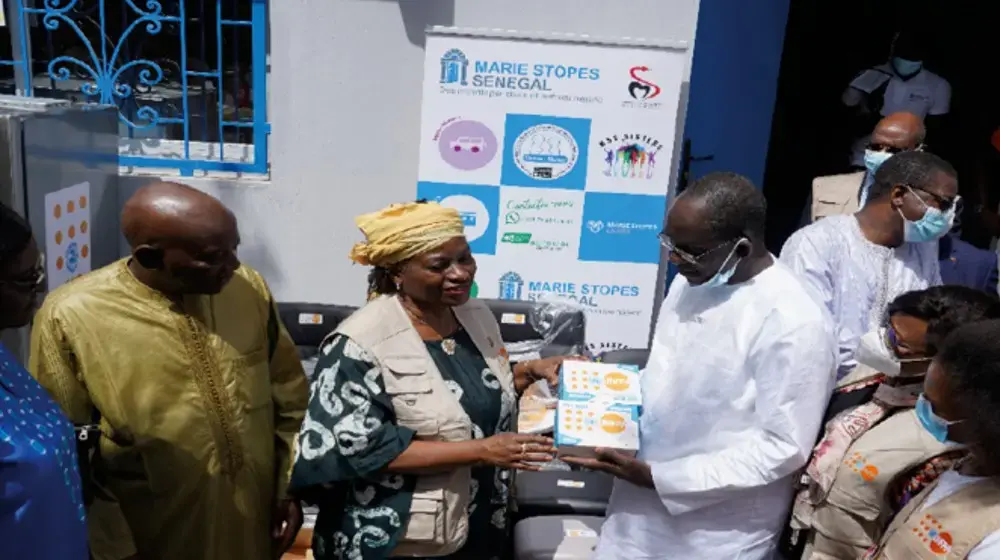Contraception is one of the most obvious areas for investment in reproductive health and rights. Globally, an estimated 257 million women who want to avoid pregnancy are not using safe, modern methods of contraception, and of them, 172 million women are using no method at all (UN DESA, 2021). In response, UNFPA has emphasized contraception access, providing 724 million male condoms, 80 million cycles of oral contraceptives and tens of millions of other forms of contraceptives in 2020 alone (UNFPA, 2020).
Many other governments, donor agencies © UNFPA/Fidel Évora STATE OF WORLD POPULATION 2022 11 and non-governmental organizations have also provided large quantities of contraceptives. But while such commodities are critically important, they are insufficient by themselves. Research (detailed in Chapter 4) shows that lack of awareness about, and lack of access to, contraception are no longer leading causes for non-use. Instead, these barriers are now overshadowed by concerns over side effects, myths, stigma and opposition from others. Addressing these reasons for unmet need will require a much broader range of responses. Common assumptions must also be erased. In too many circles, the term “unintended pregnancy” evokes the image of an unmarried teenager, a girl met with pity or derision or both.
In fact, since no contraceptive method is 100 per cent reliable and the intention to practise abstinence commonly fails — or is undermined by pressure, coercion or violence — effectively any fertile woman or girl of reproductive age can become pregnant unexpectedly. Overcoming the popular narratives around unintended pregnancy will require determined efforts to change discriminatory social norms, to address laws that codify these stigmas, and to expand interventions that must continue to reach adolescents but extend beyond them as well. The sensitivity of this issue poses yet more challenges. Decision-making, or its absence, often plays out in the most intimate spheres of an individual’s life, touching on fundamental elements of bodily autonomy and reproductive rights. In these spaces, women and girls too often see their choices narrow, or disappear, at every turn.
A woman may be unable to negotiate condom use with her partner. She may not be able to say no to sex, as is the case for 23 per cent of all women where data are available (United Nations, 2022). She may be a victim of rape at home or by a stranger. If comprehensive sexuality education is not offered in her school, she may lack accurate information. Pregnancy may be her default option because she has few opportunities and choices in her life. Without a chance to finish her education, for instance, she may not see a reason to postpone childbearing. She may not want children at all, a desire that may be unacceptable in her family or community. To reflect the fact that “family planning” does not resonate with some groups, such as adolescents or individuals who do not want to have children, this report typically refers to “contraception” instead.
Unintended is not always unwanted. Some unintended pregnancies will be celebrated. Others will end in abortion or miscarriage. A share will remain unwanted but carried to term. And many will be met with ambivalence. These pregnancies may be not quite unintended but not fully deliberate either, taking place when an individual lacks the possibility to fully articulate what they want in their lives — or even to imagine a life in which pregnancy is a choice. Questions of power and choice are too often matters of life or death: once an unintended pregnancy happens, its consequences can last a lifetime and extend through whole communities. Maternal mortality rates will soar, for example, for young girls who have not developed enough to carry a pregnancy safely to term or for women 12 The invisible crisis before our eyes Unintended pregnancy from a human rights angle Not every unintended pregnancy is necessarily the result of, nor results in, a human rights violation. Human rights come into play whenever bodily and reproductive autonomy is an issue (UNFPA, 2021). In important international agreements, such as the Convention on the Elimination of All Forms of Discrimination against Women (also known as CEDAW or the Women’s Convention), States have asserted that all individuals and couples have the right to the information and means to choose whether or not to have children, when to have them, and how many to have (UN General Assembly, 1979).
When those obligations are unmet, human rights are undermined or violated. This is the case when individuals are unable to exercise informed choice because they lack access to quality reproductive health information or the agency to act on that information, when an individual experiences sexual violence or coercion, and when discrimination and inequality circumscribe a full range of opportunities, leaving individuals with an incomplete set of choices. The ICPD Programme of Action, a foundational document endorsed by 179 countries that has guided the work of UNFPA since 1994, calls on all States and the international community to “use the full means at their disposal to support the principle of voluntary choice in family planning”.
It should be noted that the Programme of Action stresses “abortion… in no case should be promoted as a method of family planning” (UNFPA, 1994). (See more on page 21 about abortion.) 179 countries with underlying medical conditions (Singh and Maddow-Zimet, 2016). Pregnant girls may be forced to get married and/or leave school with no other options to continue their education, at which point they typically face a lifelong deficit in earnings. Women may experience an unexpected loss of income if they are forced to interrupt or even leave their jobs because they are pregnant. Poverty may be more likely if they have the child and must stretch already scarce household resources. All these issues can be worse for people who face multiple forms of discrimination and vulnerability that erode agency and bodily autonomy even further.
The quality of services, information and support is generally poorer for women in rural areas and informal settlements, in both developed and developing countries. In some contexts, service providers may legally refuse care to adolescents and to transgender people. Disabled people are more vulnerable to violence, including sexual violence (UNFPA, 2018). Among people caught in conflict and other forms of crisis, with limited access to health care and high rates of violence, vulnerability to unintended pregnancy escalates.





